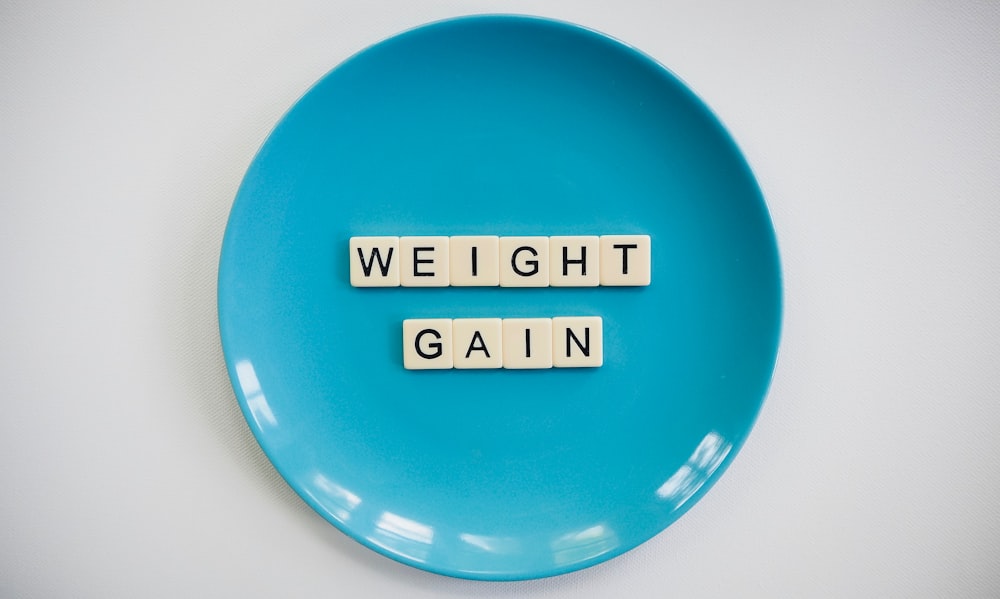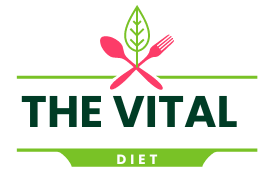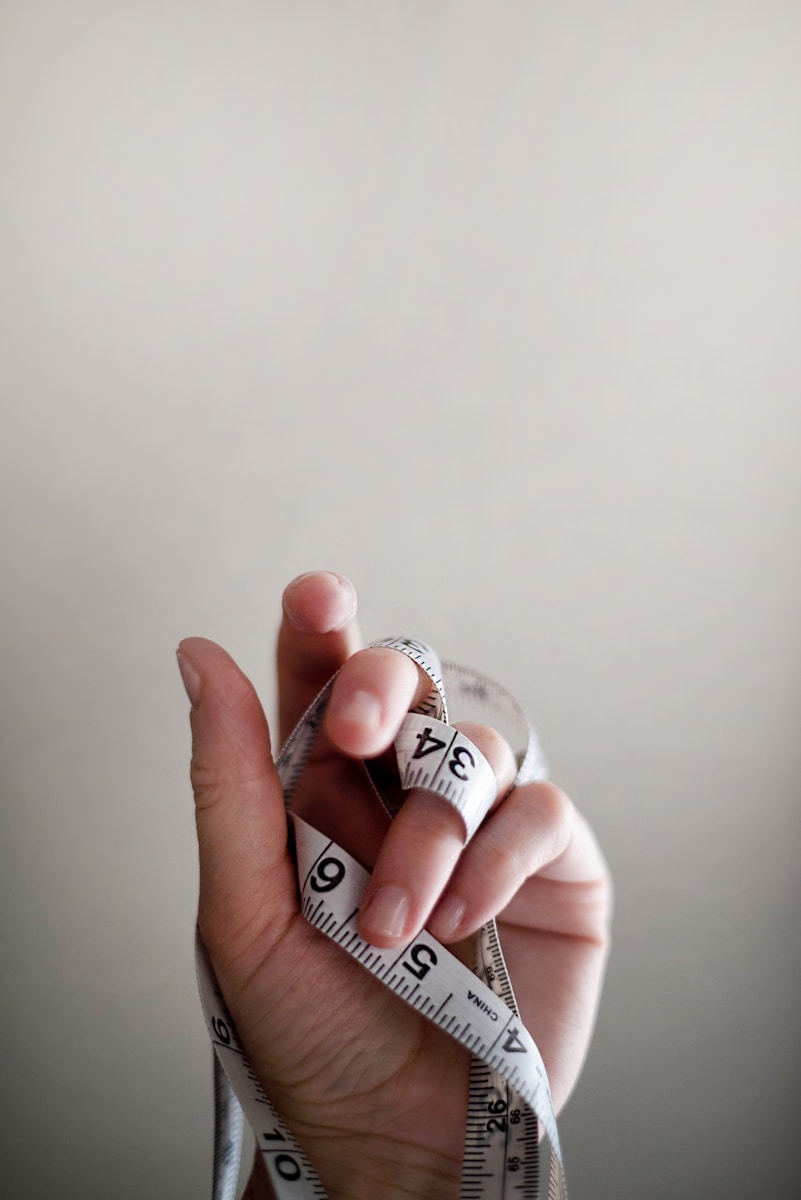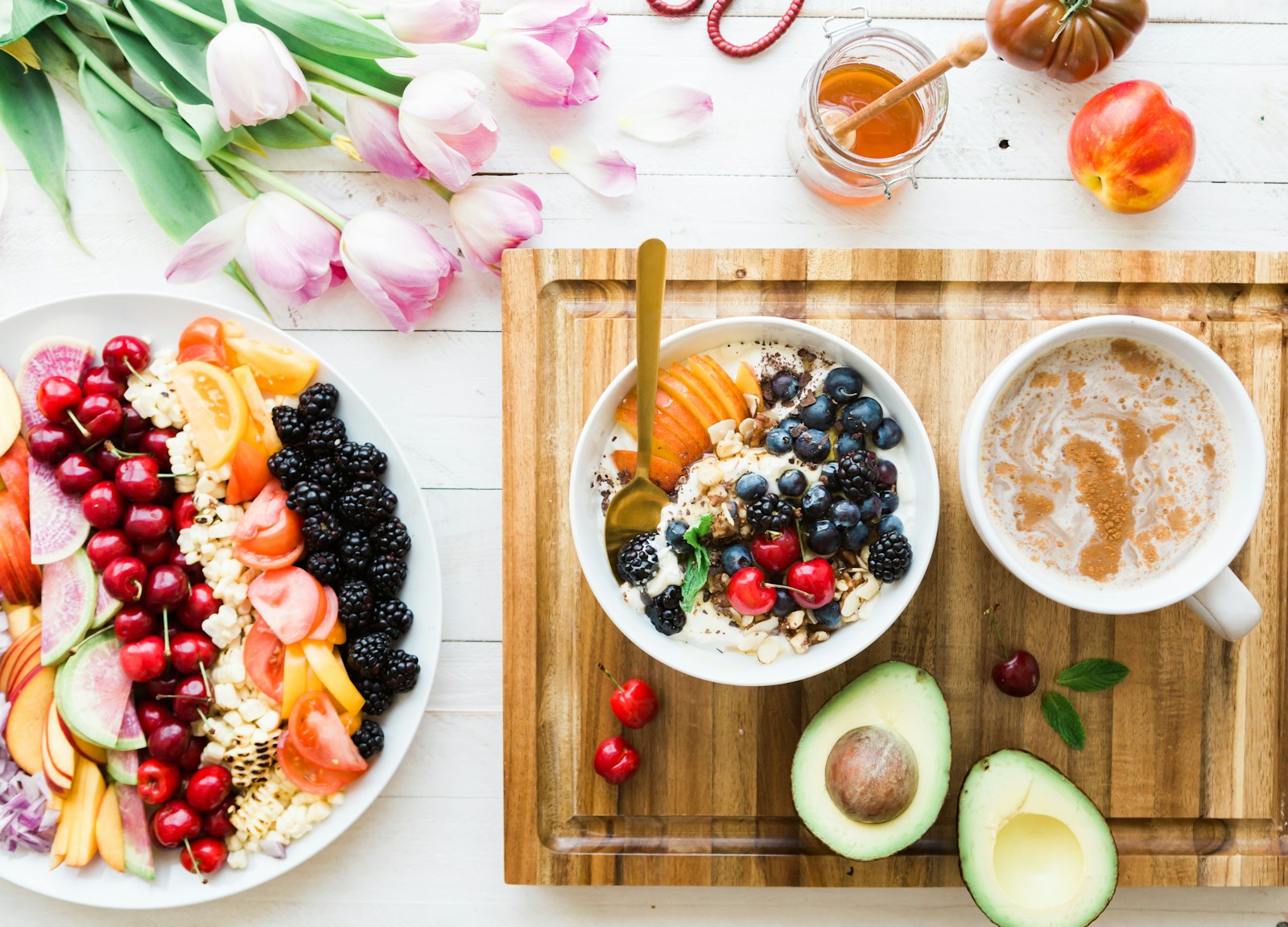
Hormones play a crucial role in several bodily functions, including growth, metabolism, and reproduction. An imbalance in these chemical messengers can lead to a handful of health issues. One effective way to maintain hormonal balance is through a well-rounded diet. This comprehensive guide will walk you through a 5-day hormone-regulating diet plan designed to restore your body’s natural equilibrium.
Understanding Hormones and Their Functions
Hormones are chemical substances produced by the endocrine glands. These messengers control several bodily functions by transmitting information from one set of cells to another.
For instance, oxytocin, a hormone released during childbirth, triggers contractions. It also plays a crucial role in lactation, signaling the milk ducts to release milk. Other hormones like leptin, insulin, ghrelin, and growth hormone regulate appetite, metabolism, fat distribution, and weight control.
Sex hormones such as estrogen and testosterone also contribute to weight gain and fat distribution1. Therefore, maintaining hormonal balance is crucial for overall health and wellness.
The Significance of a Hormone-Regulating Diet
A hormone-regulating diet aims to restore the body’s natural homeostasis, leaving you feeling more energetic. It can help regulate your appetite, promoting a sense of fullness, and aiding in weight management.
Many foods interact with hormone receptors and peptide hormones. For instance, the hunger hormone ghrelin requires a fatty acid to be released. These fatty acids come from dietary fats like oil, cheese, avocado, nuts, seeds, and dairy2.
A diet high in sugar and fat can lead to hormonal imbalances, potentially resulting in conditions like polycystic ovary syndrome (PCOS)3. While more research is needed in this area, it’s safe to say that a hormone-balancing diet may help maintain hormonal balance and prevent future disease markers.
Foods for Hormone Balance
Incorporating certain foods into your regular diet can help maintain hormone balance. Here are some food groups that can contribute to hormonal balance:
Protein-Rich Foods
Protein-rich foods stimulate satiety hormones, making you feel fuller for longer. Additionally, dietary protein provides the amino acids needed to produce hormones. Essential amino acids are not produced within the body and must be obtained through diet4.
Complete proteins, or foods that contain all nine essential amino acids, are mostly found in animal products like meat, fish, poultry, dairy, eggs, shellfish, and dairy-based protein powders. Some plant-based products like soy and quinoa are considered complete proteins4.
Healthy Fats
Dietary fat has a significant impact on the endocrine system and metabolism. In reproductive health, consumption of dietary fats is associated with improvements in testosterone levels in both men and women5. Moreover, dietary fats can enhance estrogen levels and reduce inflammation6. It’s also necessary for the stimulation and release of cholecystokinin, a major hormone involved in digestion7.
Carbohydrates
Fiber-rich carbohydrates, including whole grains, fruits, and vegetables, digest slowly, providing a steady release of insulin for better blood sugar control3. Additionally, these foods can affect hormone balance due to their effects on gut microbiota89.
Foods to Avoid for Hormone Balance
Certain foods can disrupt hormonal balance and should be limited or avoided. These include:
Sugar
While no single food can make you unhealthy, a diet rich in added sugar can alter your hormonal balance. Excessive sugar intake can lead to high blood sugar, also known as hyperglycemia, and type 2 diabetes10.
Processed Foods
Ultra-processed foods often contain more than five ingredients, many of which are not typically used in food preparation. These foods are often high in saturated fat and refined sugars11.
Refined Carbohydrates
Refined carbohydrates, or simple carbs, are sugars and other carbohydrates that have been stripped of bran, fiber, and nutrients. These foods digest rapidly, stimulate a quick release of insulin, and contribute to type 2 diabetes12.
Caffeine
The relationship between caffeine and hormone levels, particularly estrogen, is complex. Some research suggests that caffeine may reduce estrogen levels in certain populations13.
Alcohol
Alcohol can denature protein hormones, causing them to lose biological functionality. Protein hormones participate in several essential processes, including insulin sensitivity, growth, and lactation14.
5-Day Hormone Regulating Meal Plan
This section provides a sample 5-day hormone-regulating meal plan. This plan is designed for someone who requires about 2,000 calories per day15. However, your daily calorie goal may vary. Hence, it’s essential to tailor the plan to your specific needs.
If you’re unsure about how many calories you need, consider consulting a registered dietitian or a healthcare provider.
Day 1
Breakfast
- Two hard-boiled eggs
- A slice of wheat toast topped with 1/4 avocado and 1/4 teaspoon of flaxseeds
- 1/2 cup of blueberries
Snack
- 1/2 cup of hummus
- 1 cup of sliced cucumber
- A serving of mini pretzel twists
Lunch
- 4 ounces of grilled chicken breast
- 2 cups of fresh spinach
- 1 ounce of pine nuts
- 1/2 cup each of sliced strawberries and cucumber
- 2 tablespoons of diced red onion
- 1 tablespoon each of olive oil and balsamic vinegar
- Salt and pepper as desired
Snack
- 1 scoop of whey or plant-based protein powder mixed in water or coffee
- 1 medium apple
Dinner
- 4 ounces of grilled or baked cod or tilapia
- 1 cup of cooked quinoa
- 1 cup of steamed broccoli and cauliflower
- 1 tablespoon of butter
Day 2
Breakfast
- Smoothie: 1 scoop of whey or plant-based protein powder, 1/2 frozen banana, 1 cup of frozen berries, 1/2 cup of fresh or frozen spinach, 1/4 avocado, 1 teaspoon of flaxseeds, 1 cup of nonfat or 2% milk, and ice.
Snack
- Whole wheat English muffin
- 2 tablespoons of peanut butter or almond butter
Lunch
- 1 (4-ounce) can of solid white tuna in water, drained
- 1 tablespoon of olive oil mayonnaise
- 1 teaspoon of dill relish
- A serving of wheat crackers
Snack
- 1 cup of salted and prepared edamame (in the pod)
- 1 cup of sliced carrots
Dinner
- 4 ounces of grilled chicken breast
- 1 cup of sauteed bok choy
- 3/4 cup of cooked white rice
- 1 tablespoon of teriyaki sauce
- 1 ounce of cashew pieces
Day 3
Breakfast
- 1 (5.3 ounces) container of plain nonfat or 2% Greek yogurt
- 1 ounce of walnuts
- 1 teaspoon of honey or maple syrup
- 1/2 cup of cooked quinoa
- 1/4 cup each of blueberries and raspberries
Snack
- Two hard-boiled eggs
- 1 string cheese stick
- 1 cup each of sliced carrots and grapes
Lunch
- 3 ounces of sliced deli turkey breast
- 1/4 avocado
- Two slices of whole wheat bread
- Everything bagel seasoning
- 1 medium bell pepper, sliced
Snack
- Smoothie: 1 scoop of whey or plant-based protein powder, 1 tablespoon of peanut butter, 1 frozen banana, 1 cup of nonfat or 2% milk, and ice.
Dinner
- 4 ounces of baked or grilled salmon
- 1 medium baked potato
- 1 tablespoon of butter
- 5 extra large asparagus spears, steamed or grilled
Day 4
Breakfast
- Three scrambled eggs with 1/4 cup of spinach, 1 tablespoon of diced onion, and 2 tablespoons of diced tomato
- 1 slice of whole wheat bread
- 1 clementine
Snack
- 6 ounces of 2% cottage cheese
- 1/4 cup of blueberries
- 1 ounce of cashew pieces
Lunch
- 4 ounces of canned chicken breast, drained
- 1 tablespoon of olive oil mayonnaise
- 1 tablespoon of dill relish
- Red hot buffalo sauce, to taste
- A serving of wheat crackers
- 1 cup of grapes
Snack
- 1 scoop of whey or plant-based protein powder mixed in coffee or water
- 1 medium apple
- 3 cups of air-popped popcorn
Dinner
- 3 ounces of lean turkey meatballs
- 1/4 cup of marinara sauce
- 1 tablespoon of olive oil
- 1 cup of cooked whole wheat spaghetti noodles
- 1 cup of steamed broccoli
Day 5
Breakfast
- 1/3 cup of dry oats cooked with water and a dash of salt and cinnamon
- Four large scrambled egg whites
- 1 ounce of walnuts
Snack
- 1 (5.3 ounce) container of plain nonfat or 2% Greek yogurt
- 1/2 cup of sliced strawberries
- 2 tablespoons of mini chocolate chips
- 1 ounce of slivered almonds
Lunch
- 3 ounces of grilled chicken
- 1/2 cup of cooked white rice
- 1/4 cup of black beans
- 1/2 cup of shredded lettuce
- 2 tablespoons of diced tomato
- 1/4 cup of shredded Mexican blend cheese
- 1/4 avocado
- 2 tablespoons of salsa
Snack
- 3 cups of air-popped popcorn
- 1 ounce of raisins
Dinner
- 4 ounces of 93% lean ground beef burger
- 1 hamburger bun
- 1 slice of provolone cheese
- 1 corn on the cob
Concluding Thoughts
A hormone-regulating diet can be an effective way to maintain hormonal balance and overall health. However, it’s crucial to tailor the diet plan to your specific needs and preferences. If you’re unsure whether this diet plan is suitable for you, consider consulting a healthcare provider or a dietitian.
Footnotes
- National Library of Medicine: Endocrine Changes in Obesity ↩
- Ryan KK, Seeley RJ. Physiology. Food as a hormone. Science. 2013 Feb 22;339(6122):918-9. doi:10.1126/science.1234062 ↩
- Volk KM, Pogrebna VV, Roberts JA, Zachry JE, Blythe SN, Toporikova N. High-Fat, High-Sugar Diet Disrupts the Preovulatory Hormone Surge and Induces Cystic Ovaries in Cycling Female Rats. J Endocr Soc. 2017 Nov 2;1(12):1488-1505. doi:10.1210/js.2017-00305 ↩ ↩2
- Rose AJ. Role of Peptide Hormones in the Adaptation to Altered Dietary Protein Intake. Nutrients. 2019 Aug 23;11(9):1990. doi:10.3390/nu11091990 ↩ ↩2
- Mumford SL, Chavarro JE, Zhang C, Perkins NJ, Sjaarda LA, Pollack AZ, Schliep KC, Michels KA, Zarek SM, Plowden TC, Radin RG, Messer LC, Frankel RA, Wactawski-Wende J. Dietary fat intake and reproductive hormone concentrations and ovulation in regularly menstruating women. Am J Clin Nutr. 2016 Mar;103(3):868-77. doi:10.3945/ajcn.115.119321 ↩
- Marcinkowska A, Górnicka M. The Role of Dietary Fats in the Development and Treatment of Endometriosis. Life (Basel). 2023 Feb 27;13(3):654. doi:10.3390/life13030654 ↩
- National Library of Medicine: Fats and Satiety ↩
- Ioniță-Mîndrican CB, Ziani K, Mititelu M, Oprea E, Neacșu SM, Moroșan E, Dumitrescu DE, Roșca AC, Drăgănescu D, Negrei C. Therapeutic Benefits and Dietary Restrictions of Fiber Intake: A State of the Art Review. Nutrients. 2022 Jun 26;14(13):2641. doi:10.3390/nu14132641 ↩
- Sun LJ, Li JN, Nie YZ. Gut hormones in microbiota-gut-brain cross-talk. Chin Med J (Engl). 2020 Apr 5;133(7):826-833. doi:10.1097/CM9.0000000000000706 ↩
- Witek K, Wydra K, Filip M. A High-Sugar Diet Consumption, Metabolism and Health Impacts with a Focus on the Development of Substance Use Disorder: A Narrative Review. Nutrients. 2022 Jul 18;14(14):2940. doi:10.3390/nu14142940 ↩
- Gibney MJ. Ultra-Processed Foods: Definitions and Policy Issues. Curr Dev Nutr. 2018 Sep 14;3(2):nzy077. doi:10.1093/cdn/nzy077 ↩
- MInguez-Alarcón L, Chavarro JE, Mendiola J, Roca M, Tanrikut C, Vioque J, Jørgensen N, Torres-Cantero AM. Fatty acid intake in relation to reproductive hormones and testicular volume among young healthy men. Asian J Androl. 2017 Mar-Apr;19(2):184-190. doi:10.4103/1008-682X.190323 ↩
- Sisti JS, Hankinson SE, Caporaso NE, Gu F, Tamimi RM, Rosner B, Xu X, Ziegler R, Eliassen AH. Caffeine, coffee, and tea intake and urinary estrogens and estrogen metabolites in premenopausal women. Cancer Epidemiol Biomarkers Prev. 2015 Aug;24(8):1174-83. doi:10.1158/1055-9965.EPI-15-0246 ↩
- National Library of Medicine: Physiology, Proteins ↩
- Academy of Nutrition and Dietetics: How Much Water Do You Need ↩





